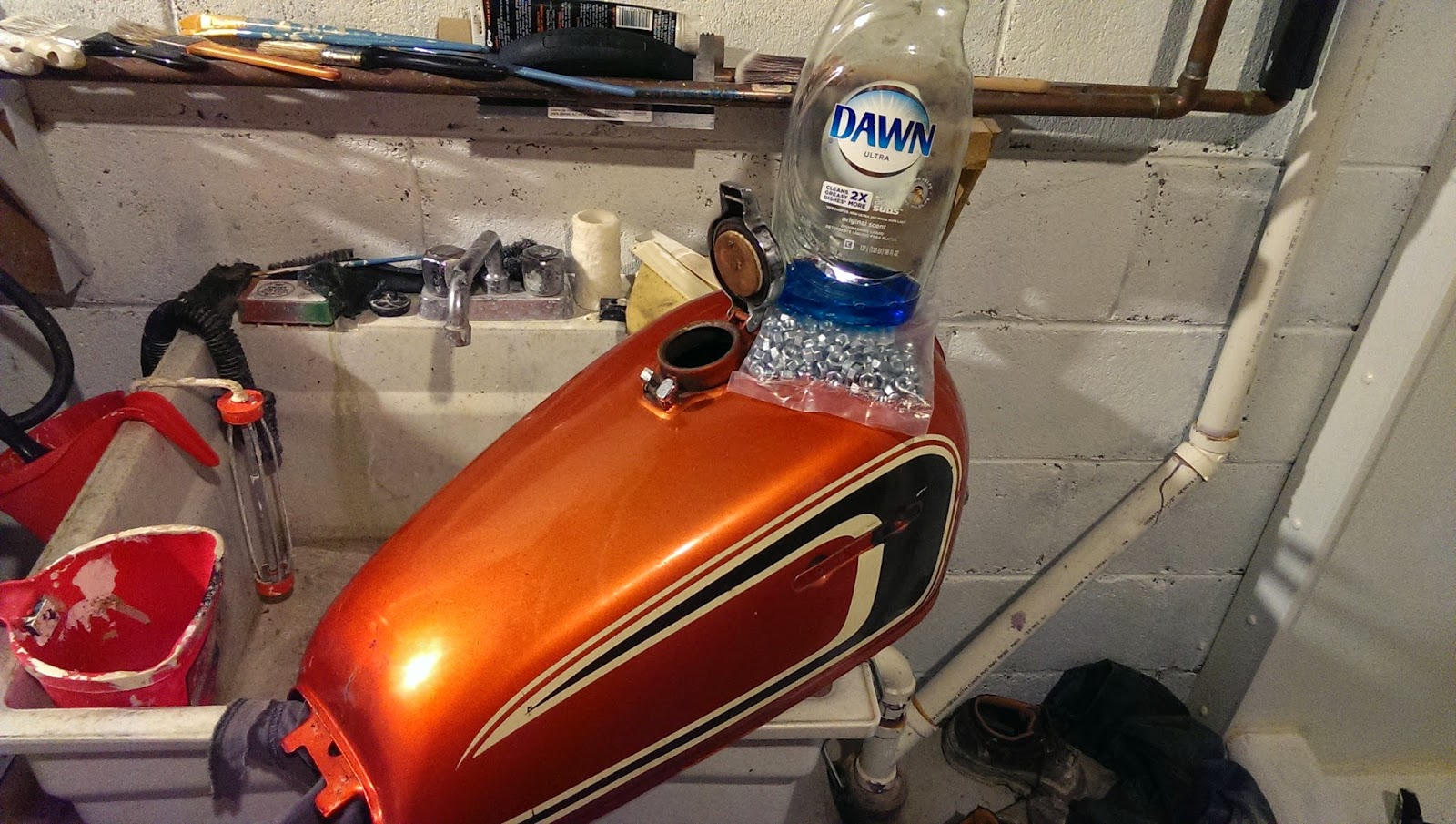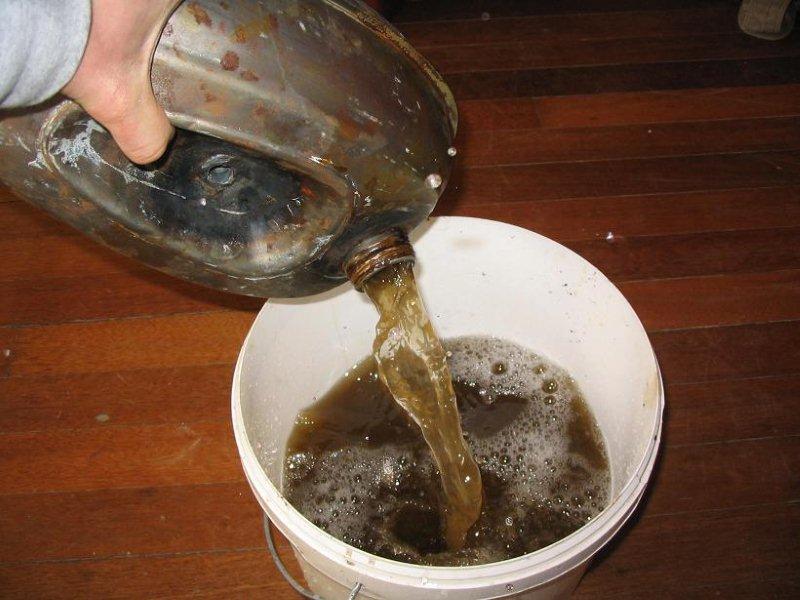Cleaning A Gas Tank With Vinegar

Rust, grime, and old fuel deposits can plague the inside of a gas tank, hindering engine performance and potentially causing costly repairs. While professional cleaning services are available, many car enthusiasts and DIY mechanics are turning to a readily available and surprisingly effective solution: vinegar.
The use of vinegar for cleaning gas tanks has seen a noticeable increase in recent years, fueled by its accessibility, affordability, and environmentally friendly nature. This article explores the process, its effectiveness, and the potential considerations when opting for this method.
Why Vinegar?
Vinegar, specifically white distilled vinegar, is a mild acid. Its acetic acid content (typically around 5%) reacts with rust and other deposits, helping to dissolve them without being overly corrosive to the metal of the gas tank itself.
Compared to harsh chemical solvents, vinegar is generally considered safer to handle and less damaging to the environment. This has made it an attractive alternative for individuals seeking a less aggressive approach to gas tank restoration.
The Cleaning Process: A Step-by-Step Guide
The process of cleaning a gas tank with vinegar, while relatively straightforward, requires careful planning and execution. Safety precautions are paramount.
Preparation is Key
Begin by disconnecting the gas tank from the vehicle. Ensure the area is well-ventilated and free from any sources of ignition.
Completely drain the tank of any remaining fuel. Dispose of the fuel responsibly according to local regulations.
Initial Cleaning
Rinse the tank with water to remove loose debris. Some mechanics recommend adding a handful of nuts and bolts to the tank at this stage and shaking it vigorously to help dislodge stubborn rust.
These act as abrasive agents to enhance the cleaning power. Ensure you remove all of the added materials after.
Vinegar Soak
Fill the tank completely with white distilled vinegar. For heavily rusted tanks, some individuals opt to use a stronger concentration of vinegar or add a rust converter to the solution.
Allow the vinegar to soak for at least 24-48 hours. Severely rusted tanks may require a longer soaking period, up to several days.
Agitation and Monitoring
Periodically agitate the tank to ensure the vinegar reaches all surfaces. This can be done by gently shaking or rotating the tank.
Check the progress of the cleaning regularly. The vinegar will gradually darken as it dissolves the rust and deposits.
Final Rinse and Drying
After the soaking period, drain the vinegar and rinse the tank thoroughly with water. A pressure washer can be used to ensure all traces of vinegar and loosened debris are removed.
Allow the tank to dry completely before reinstalling it. Some individuals use a heat gun or compressed air to expedite the drying process.
Protective Coating (Optional)
To prevent future rust formation, consider coating the inside of the tank with a fuel tank sealant. These sealants create a protective barrier that prevents rust from forming.
Follow the manufacturer's instructions carefully when applying a sealant.
Potential Considerations and Limitations
While vinegar can be effective for removing rust, it may not be suitable for all types of gas tank damage. Heavily corroded or perforated tanks may require professional repair or replacement.
The effectiveness of vinegar also depends on the severity of the rust and the quality of the vinegar used. In some cases, multiple soaking sessions may be necessary.
Proper disposal of the used vinegar is also important. Check local regulations for guidelines on disposing of acidic waste.
Impact and Significance
The increasing popularity of using vinegar to clean gas tanks highlights a growing trend towards DIY repairs and eco-friendly solutions in the automotive industry.
It offers a cost-effective and accessible alternative to professional cleaning services, empowering individuals to maintain their vehicles and save money. However, caution and research are paramount.
By understanding the process, its potential limitations, and the necessary safety precautions, individuals can make informed decisions about whether or not vinegar cleaning is the right solution for their gas tank restoration needs. Always consult with a qualified mechanic if unsure. Safety should always come first.


















